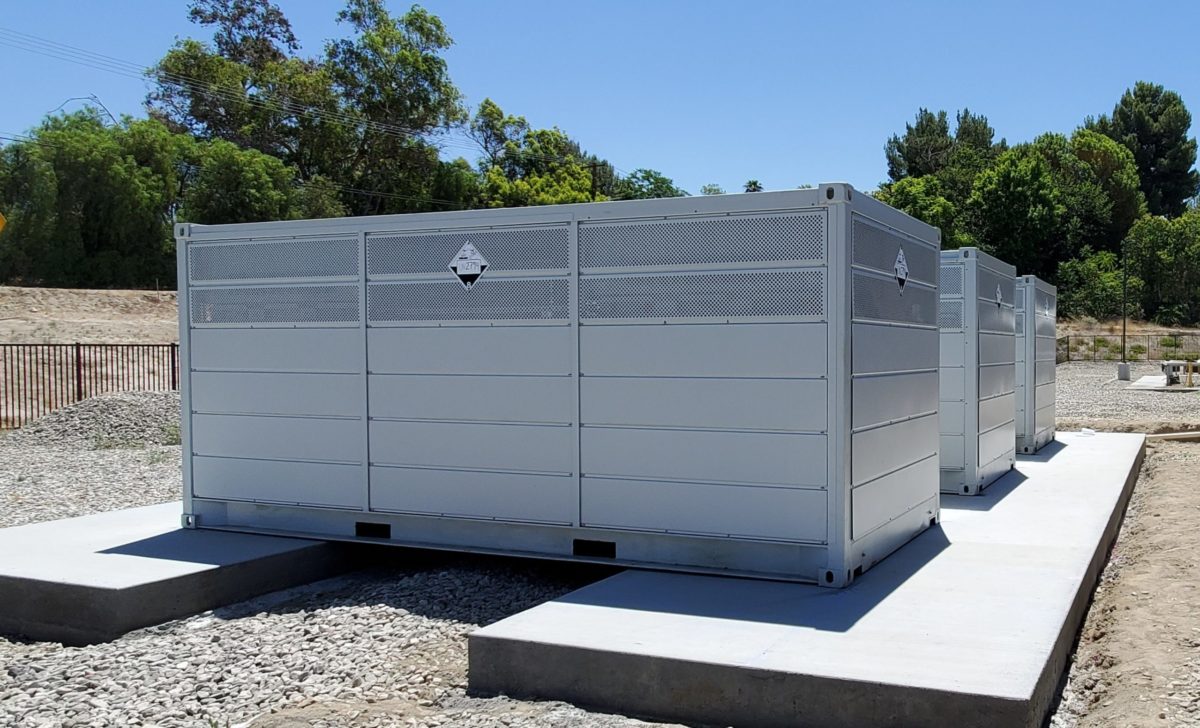Long-duration energy storage (LDES) is crucial to facilitating the transition to clean energy. With about $9 billion in government funding needed to commercialize the LDES market, the U.S. government officially recognized the commercial viability of the non-lithium ion battery asset class.
Today the U.S. Department of Energy (DOE) signed a memorandum of understanding with four agencies to accelerate the commercialization of LDES. Parties involved include DOE’s Office of Technology Transitions, the Edison Electric Institutes’ Institute for the Energy Transition, Electric Power Research Institute (EPRI), and the Long Duration Energy Storage Council.
Long-duration energy storage is considered a key to addressing the intermittency of solar and wind energy by ensuring stored energy is available to balance seasonal and diurnal (day to night) fluctuations in electricity demand and supply, thus fortifying grid stability and reliability.
The signed federal agreement establishes three primary pillars for collaboration, which will support the development and domestic manufacturing of energy storage technologies that can meet all U.S. market demands by 2030. This includes the DOE’s Long Duration Storage Shot, which establishes a target to reduce the cost of grid-scale energy storage by 90% for systems that deliver 10+ hours of duration over the next the decade. The three main pillars include:
- Facilitate the understanding and dissemination of knowledge about the technological, economic, and resilience benefits afforded by long duration energy storage.
- Provide access to specific DOE and national lab core competencies in energy storage and energy infrastructure integration for supporting research, development, demonstration, and deployment purposes.
- Benefit from the knowledge provided individually by regulators, electric companies, technology vendors, and the financial community to identify barriers to LDES deployment and potential solutions to those barriers.
“This critically important memorandum and the partnership it represents will help to swiftly move the market towards the ambitious goals that DOE has established for long duration energy storage, and aligns key industry stakeholders around a set of goals and objectives that will certainly impact our clean energy trajectory,” said Anna J. Siefken, senior advisor, DOE.
“Long-duration energy storage is critical to meet local, regional and global net-zero decarbonization goals,” Julia Souder, chief executive officer of the Long Duration Energy Storage Council, told pv magazine USA. “LDES complements rapid renewable growth by offering flexibility, reliability, affordability and security. This partnership allows us to work together to accelerate the various markets and contracts even faster to deploy diverse LDES technologies.”
Over the coming months, the memorandum framework will result in several key actions the DOE and its partners plan to execute, including:
- Create opportunities to leverage the key findings from DOE’s Long Duration Energy Storage Liftoff report.
- Initiate engagements with industry stakeholders to share insights and expertise, and then to outline collective ideas to address barriers.
- Highlight and map LDES technologies that are moving from innovation and pilot to market maturity and scale.
- Host an industry-focused LDES technical summit in 2024.
The report focuses on the two intermediate duration market segments, inter-day and multi-day / week LDES technologies. The federal agency recognizes the U.S. power grid may need 225 GW to 460 GW of LDES capacity for a net-zero economy by 2050, representing an investment opportunity of $330 billion over the coming decades.
The DOE’s LDES report organizes the market by duration of dispatch into four segments:
- Short duration (0-4 hours): Batteries, flywheel and various mechanical storage solutions.
- Inter-day LDES (10-36 hours): Most mechanical storage technologies (ie: gravity-based); some electromechanical technologies
- Multi-day / week LDES (36 -160 hours): Many thermal, electrochemical technologies;
- Seasonal shifting (160+ hours): Chemical storage (ie: hydrogen)
This content is protected by copyright and may not be reused. If you want to cooperate with us and would like to reuse some of our content, please contact: editors@pv-magazine.com.









By submitting this form you agree to pv magazine using your data for the purposes of publishing your comment.
Your personal data will only be disclosed or otherwise transmitted to third parties for the purposes of spam filtering or if this is necessary for technical maintenance of the website. Any other transfer to third parties will not take place unless this is justified on the basis of applicable data protection regulations or if pv magazine is legally obliged to do so.
You may revoke this consent at any time with effect for the future, in which case your personal data will be deleted immediately. Otherwise, your data will be deleted if pv magazine has processed your request or the purpose of data storage is fulfilled.
Further information on data privacy can be found in our Data Protection Policy.